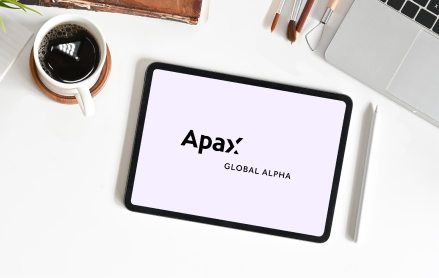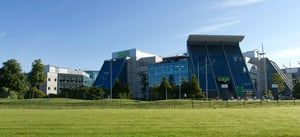The key takeaway from Apax Global Alpha Ltd (LON:APAX) 27 June Capital Markets Day (CMD) was that 84% of value creation comes from operational improvements that APAX makes in the investee companies. On average, under APAX’s ownership, revenue growth accelerates by 700bps, EBITDA growth 1,500bps and the EBITDA margin 700bps. Additionally, the day highlighted that i) AGA gives access to companies unavailable elsewhere, ii) its companies are growing and performing well, iii) it is an All Weather Investment, with 84% of value creation under the manager’s control, iv) it has a robust balance sheet, and v) the 5%-of-NAV dividend has more value when the shares are at a big discount. Given the long-term NAV outperformance, the discount appears anomalous.
- Other messages: The presentation reviewed what sets Apax Global Alpha apart from its peers (portfolio construction and balance sheet), the debt investment benefits, how the portfolio is valued and why this is conservative, the fee structure, and what AGA is doing (and how it thinks) about addressing the discount.
- Financing: The presentation reviewed the PE financing market, and how it applies to APAX/AGA. With 82% of portfolio debt maturities beyond 2027, ca.75% of debt at fixed rates (and 90% of swaps maturing post mid-2024) and average net debt at 4.7x EBITDA, APAX appears well-positioned to weather market disruption.
- Valuation: Listed holdings and debt mean that ca.40% of Apax’s portfolio is marked to market. Adjusting for the debt portfolio at par, AGA’s discount to NAV (21%) rises to 31%, in line with its peers’ range (29% excluding 3i) on its PE portfolio alone. The NAV appears resilient, making the discount absolutely and relatively anomalous.
- Risks: Sentiment to costs, the cycle, valuation and over-commitment are sector issues. Residual risk on the 2020-21 IPO positions appears to be modest. The debt portfolio generates income towards dividends, and has liquidity/capital benefits, but complicates the story.
- Investment summary: Apax Global Alpha has delivered market-beating returns by selecting businesses that it can transform post-acquisition. Buying these companies at a discount to peers (ca.20%), accelerating their revenue growth and improving their margins, and then selling the reinvigorated business at a premium to those same peers (ca.10% premium), is the playbook that has been repeated again and again. Investments are focused in sectors with structural growth and resilience. Capital flexibility is enhanced by the debt portfolio. The discount is the “icing on the cake”.








































